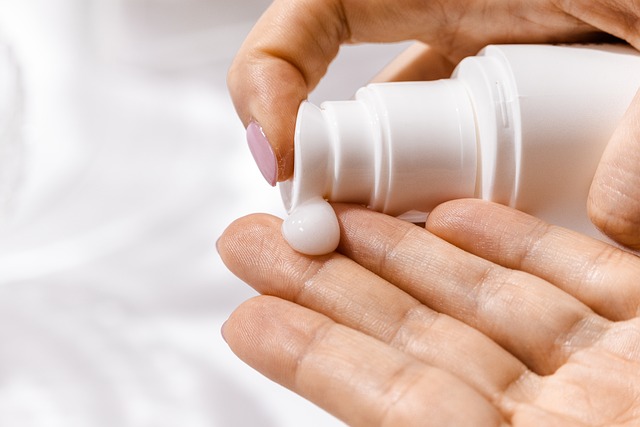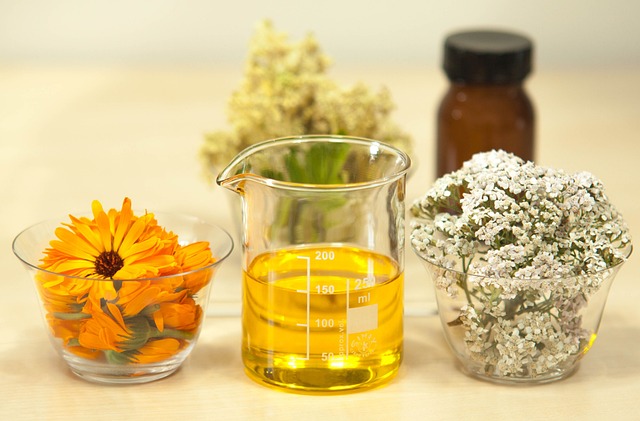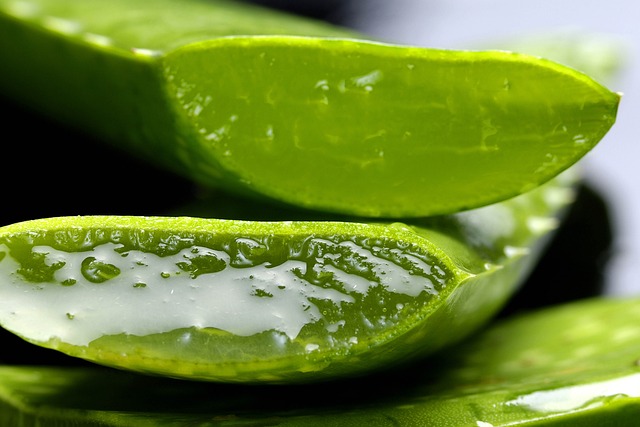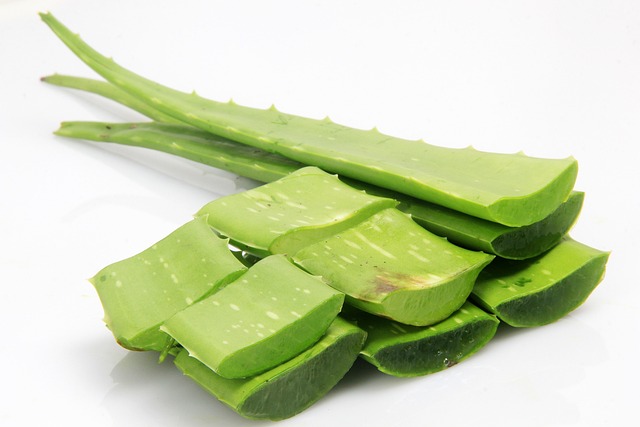As a seasoned natural health practitioner, I’ve delved into the multifaceted realm of holistic remedies for various ailments. A standout ingredient in my consultations and teachings has been apple cider vinegar (ACV). This ancient elixir, with its sharp aroma and sour taste, holds a special place in natural skin care. Here, we’ll explore how ACV can be utilized for specific skin conditions, diving deep into each one.
1. Acne and Blemishes
ACV is rich in acetic, citric, and malic acids, which possess antibacterial properties that can help combat acne-causing bacteria. Its gentle exfoliating properties remove dead skin cells, reducing the chances of clogged pores. Furthermore, ACV helps in balancing the skin’s pH levels, creating an environment less conducive to bacterial growth.
How to Use:
- Create a toner by mixing one part ACV with three parts water. If you have sensitive skin, you might want to dilute it further.
- After cleansing, apply the solution to your skin using a cotton pad, focusing on acne-prone areas. Avoid the eye area.
- Rinse off after 5-10 minutes.
- Apply moisturizer. Ensure you perform a patch test before the full application, as ACV can be strong for some skin types.
2. Eczema and Dry Skin
Eczema can sometimes be linked to a weak skin barrier, which can lead to dryness and sensitivity. ACV, being an acidic substance, may help balance the skin’s pH and strengthen its barrier. Additionally, its antibacterial properties can reduce the risk of infections, which are more common in eczema-prone skin.
How to Use:
- For a soothing bath, add 2 cups of ACV to a bathtub filled with warm water.
- Soak for about 15 minutes.
- Rinse your body with cool water and pat dry.
- Apply a hypoallergenic moisturizer to lock in hydration.
3. Sunburn
ACV can help restore the skin’s pH levels, accelerating the healing process. Its anti-inflammatory properties can alleviate pain and inflammation associated with sunburns.
How to Use:
- Mix one cup of ACV with four cups of water.
- Dip a soft cloth into the mixture and gently apply it to the sunburned area.
- Leave it on for about 10 minutes before rinsing.
- Moisturize the skin after rinsing to prevent dryness.
4. Age Spots and Scars
The alpha hydroxy acids in ACV can exfoliate the skin, promoting the removal of dead skin cells and potentially reducing the appearance of age spots and scars over time.
How to Use:
- Mix equal parts of ACV and water.
- Using a cotton pad, apply the mixture to age spots or scars.
- Leave on for 15-20 minutes and then rinse off.
- Always apply sunscreen after using ACV treatments, as it can make your skin more sensitive to the sun.
Precautions and Considerations
- Always perform a patch test before applying ACV directly to the skin.
- Due to its acidic nature, undiluted ACV can be harsh and might cause burns or irritation. Always dilute it with water.
- After any treatment with ACV, ensure you moisturize your skin to prevent dryness.
- Consult with a dermatologist if you have severe skin conditions or if you’re considering long-term use of ACV for skin care.
Apple cider vinegar, with its ancient roots and multifaceted benefits, holds promise for a myriad of skin conditions. However, it’s crucial to approach its use with caution, ensuring you listen to your skin’s signals and consult with professionals as needed. While it’s not a panacea, in the holistic realm of skin care, ACV has undoubtedly carved its niche.
Skin
-

How to Use Apple Cider Vinegar for Healthy Skin
As a seasoned natural health practitioner, I’ve delved into the multifaceted realm of holistic remedies for various ailments. A standout ingredient in my consultations and teachings has been apple cider vinegar (ACV). This ancient elixir, with its sharp aroma and sour taste, holds a special place in natural skin care. Here, we’ll explore how ACV…
-

The Magic of Glycerin in Skincare: Homemade Lotion Recipe Included
-

Alleviating Insect Bites with the Best Natural and Herbal Remedies
-

DIY Mosquito Repellent: How and Why to Make Your Own
-

Best Natural and Herbal Remedies for Soothing Mosquito Bites
-

Health Effects of Mosquito Repellents and How to Choose the Safest Option
-

Herbal Remedies for Acne – Unlock Nature for Clearer Skin








Leave a Reply